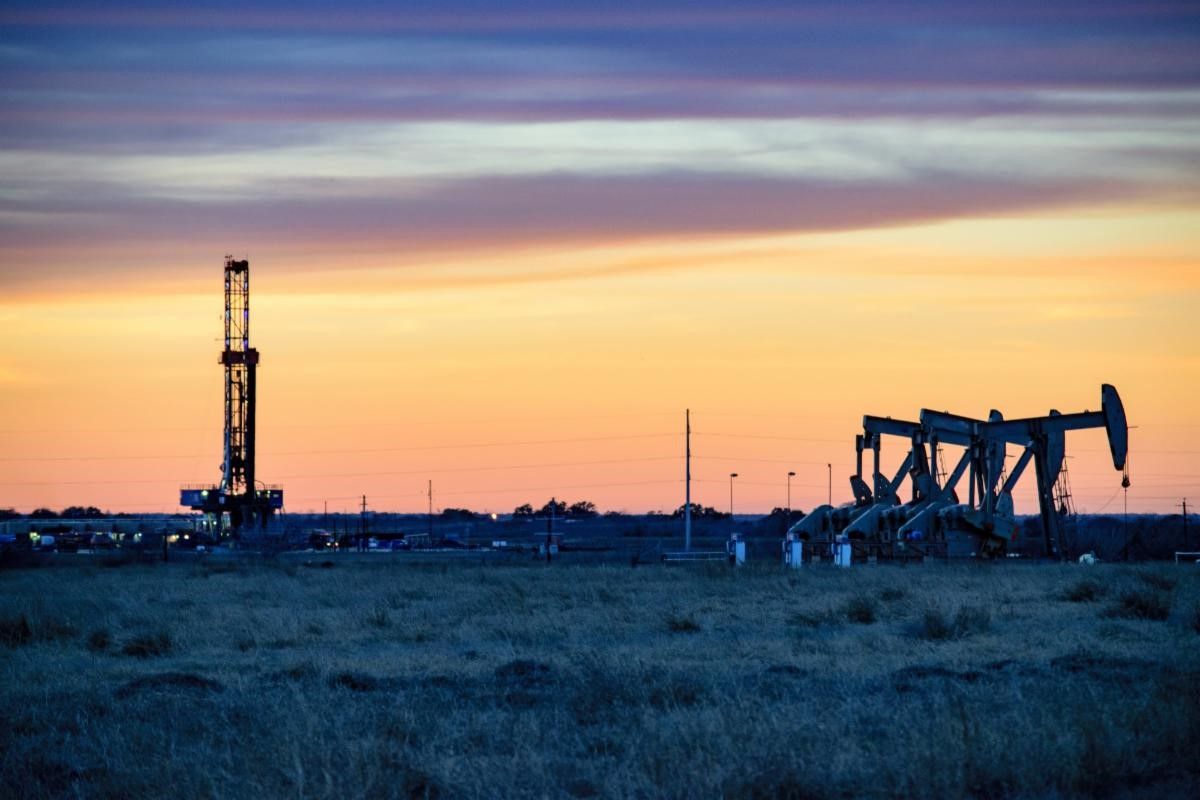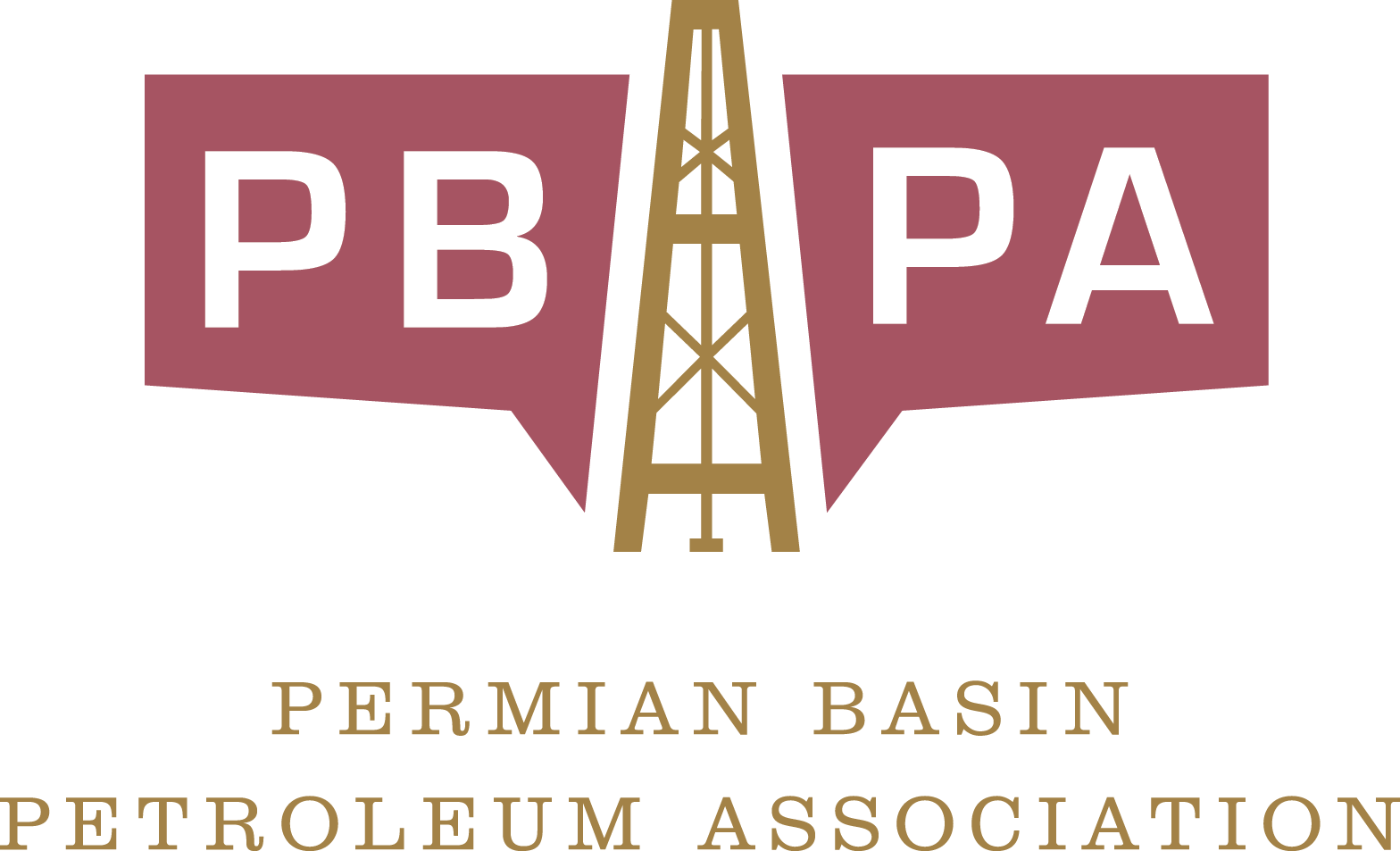
EPA's Methane Fee draws criticism from industry leaders
November 13, 2024
Midland Reporter-Telegram
by Mella McEwen
Local industry leaders greeted with dismay a new final rule that implements a federal methane fee issued this week by the Environmental Protection Agency.
Formally known as the Waste Emission Charge, excess methane emissions could result in a fee of $900 per ton, with fees rising to $1,200 per ton in 2025 and $1,500 per ton by 2026. The EPA estimates the rule will result in cumulative emissions reductions of 1.2 million metric tons of methane (34 million metric tons of carbon-dioxide equivalent) through 2035. That figure is similar to clean-air gains from taking nearly 8 million gas-powered cars off the road for a year, the EPA said in announcing the final rule.
“We are disappointed but not surprised with the latest EPA attack on the oil and gas industry,” Ben Shepperd, president of the Permian Basin Petroleum Association, told the Reporter-Telegram. “We are looking forward to working with the new administration to promote common sense energy policy that allows the responsible development of our natural resources while providing enormous economic benefits for our state, our nation and our allies.”
Pushing the submittal and payment of the fee to September 2025 is a slight win, giving the industry time to evaluate the rule and for Congress to act, Grant Swartzwelder, president of OTA Environmental Solutions, told the Reporter-Telegram. “However, greenhouse gas reports have to be filed by March 31, 2025, for calendar year 2024, and these filings are what the WEC will be based on, so folks need to really plan things out soon.”
Todd Staples, president of the Texas Oil and Gas Association, pointed to work done by the industry to meaningfully reduce emissions. He said U.S. flaring intensity fell 46% between 2012 and 2021 and from 2018 to 2022, methane emissions declined as a whole across the nation’s top oil and natural gas basins. They fell 44% in the Anadarko, 32% in the Permian and 18% along the Gulf Coast.
In the Permian Basin, methane emission intensity has fallen by more than 75% since 2011 with operators capturing 99.8% of natural gas produced for beneficial use, Staples said.
“It is vital that any action taken by the EPA support these successful efforts and not stifle them. We hope the incoming Administration and Congress will work to correct flaws with the manner methane is being addressed and implement policy that will withstand partisan differences in Washington D.C.,” Staples said.
Independent Petroleum Association of America President and Chief Executive Officer Jeff Eshelman said the fee “exemplifies the worst in legislation — no hearings, no committee reports, no conference report, no statements during floor debate. Now, the EPA is using its regulatory authority to interpret the statute to consistently increase the taxable entities, to increase emissions calculations and to increase waste emissions thresholds while limiting the availability of the exemption.
"The IPAA maintains the EPA should reverse course, withdraw this proposal and the Subpart W proposal and limit the adverse effects of the methane tax.”
While the new fee drew industry pushback, it also drew support from the environmental community.
“Flaring, venting and leaks of methane and other pollutants is a big threat to the health of the people of the Permian Basin and the health of our climate. This announcement will mean less methane waste and air pollution, giving our kids a better chance to have a healthy future on a thriving planet,” Luke Metzger, executive director of both Environment Texas and its research and policy center, told the Reporter-Telegram.
